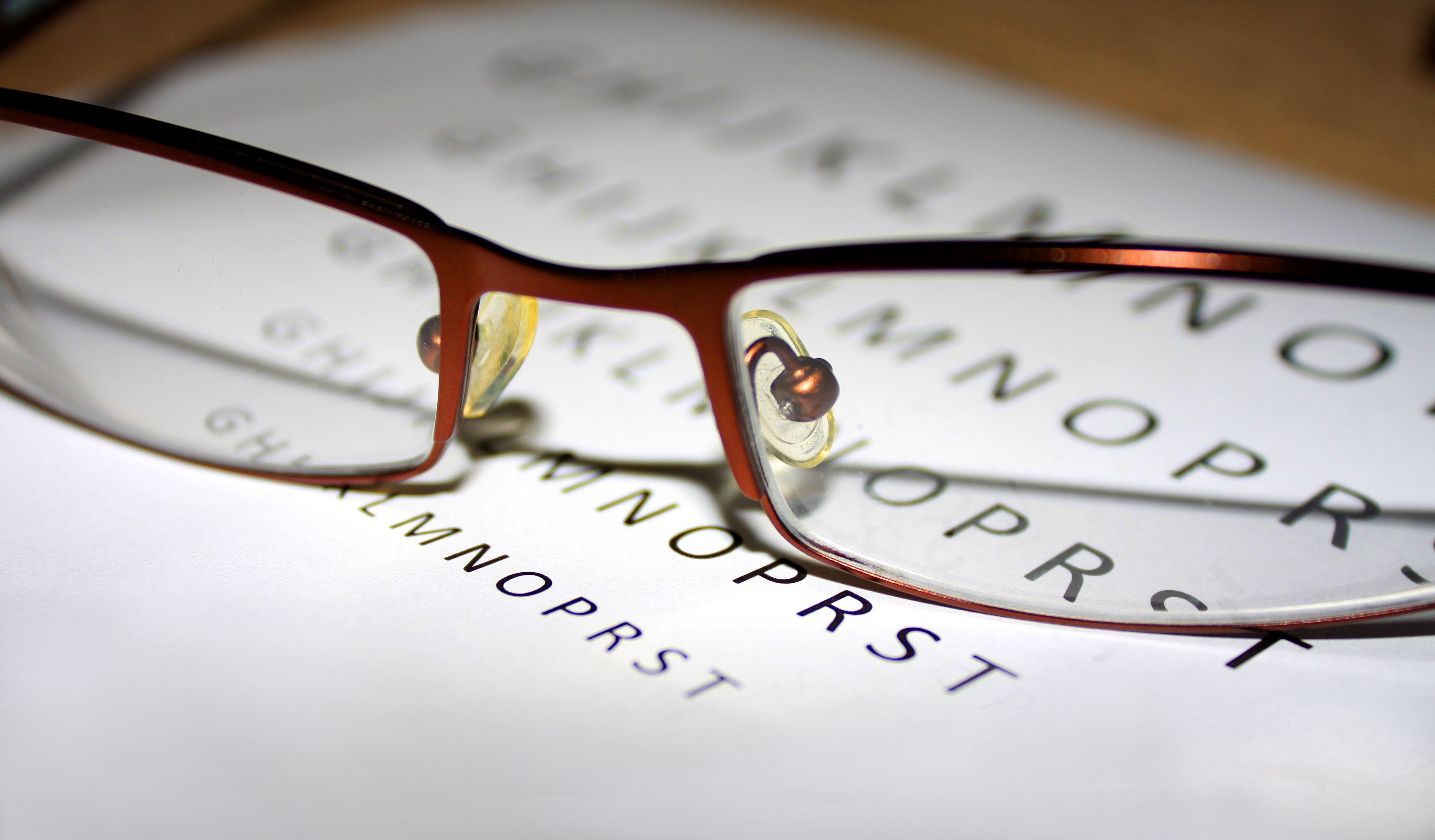Article
Preservative-Free Beta-blockers Appear to Hold Up Well Against Preserved Formulations in Treating Glaucoma
Author(s):
A new meta-analysis finds rigorous evidence lacking; however, existing data suggest preservative-free formulations of beta-blockers may work just as well as preserved beta-blockers in reducing intraocular pressure.
A new meta-analysis suggests preservative-free beta-blockers are as effective in treating glaucoma or ocular hypertension as beta-blockers with preservatives.
Although the investigators cautioned that more research is needed, they also said existing literature shows the change in intraocular pressure (IOP) as a result of the preservative-free and preserved beta-blockers was minimal, meeting the standard of statistically significant, but not the standard of clinical relevance. The findings were published in Acta Ophthalmologica.
The authors explained that glaucoma is the second-leading cause of blindness in the world, with about 12.5 million of the world’s 36 million people with blindness losing their sight as a result of glaucoma. Ocular hypertension is the term for elevated IOP; it is considered a risk factor for glaucoma. As many as 5% of adults over the age of 40 are believed to have ocular hypertension.
The only current treatment strategy for glaucoma, the authors said, is lowering IOP. Surgery, laser treatment, or topical medications can all be used to accomplish this. Of those, beta-blockers are believed to be the most common treatment.
Preservatives are commonly used with topical treatments to minimize contamination. However, the investigators said preservative-free formulations are becoming more popular, because they are thought to be better tolerated and associated with fewer adverse events (AEs).
They conducted a systematic review of randomized clinical trials (RCTs) to see how preservative-free formulations of beta-blockers stood up against preserved versions.
They located 242 studies, of which 7 RCTs met the inclusion criteria and were evaluated. Each study investigated safety and efficacy in preserved and preservative-free beta-blockers. Altogether, the studies covered 1125 patients, with follow-ups ranging from 1 to 12 months. In 5 of the studies, patients were treated with timolol alone; in the remaining 2 studies, timolol was used in combination with bimatoprost or dorzolamide.
The study’s primary end point was difference in mean change in IOP in patients treated with preserved versus nonpreserved drugs. The investigators found a difference in mean change of 0.29 mm Hg. Although statistically significant, the authors said the difference was not significant enough to be clinically relevant.
In the 3 studies that reported patient symptoms (with a follow-up time of 12 weeks), 23.8% of patients in the preservative-free group and 26.7% in the preserved group reported such ocular AEs as irritation, burning, and stinging. However, the authors said it was difficult to draw AE conclusions given the incomplete and variable methods by which AEs were reported.
“Low-certainty evidence from 3 studies did not show a difference in ocular surface symptoms, but estimates were imprecise and did not rule out potential benefits with preservative-free versus preserved beta-blockers,” they wrote.
Broadly speaking, the investigators said the existing evidence is inconclusive, although it did not raise any red flags regarding the use of preservative-free beta-blockers.
“This meta-analysis did not find a definitive answer regarding the use of preservative versus preservative-free eye drops for safety,” they concluded. “The increasing use of preservative-free drops may be associated with better ocular surface and tolerability but better evidence from clinical trials is needed.”
Reference
Skov AG, Rives AS, Freiberg J, Virgili G, Azuara-Blanco A, Kolko M. Comparative efficacy and safety of preserved versus preservative-free beta-blockers in patients with glaucoma or ocular hypertension: a systematic review. Acta Ophthalmol. Published online June 14, 2021. doi:10.1111/aos.14926





